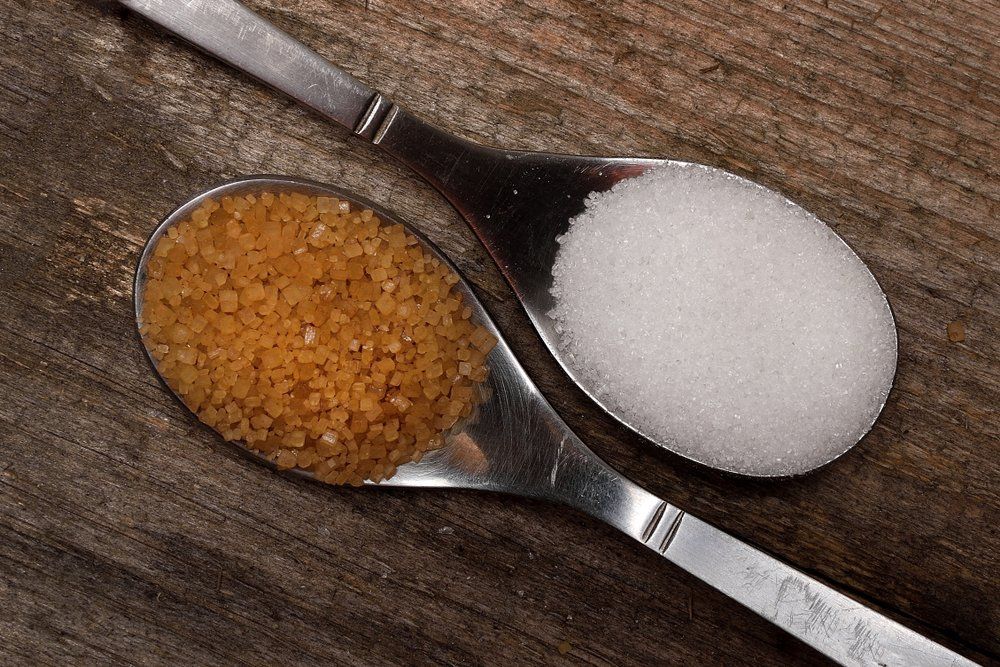Many people compare beet sugar vs cane sugar to understand their differences in flavor and texture.
Exploring the Differences in Uses and Benefits Between Beet Sugar Vs Cane Sugar
In the culinary world, the option in between beet sugar and cane sugar is not simply regarding sweetness but involves a nuanced consideration of flavor, application, and influence. While both sugars stem from various plants, each undergoes one-of-a-kind manufacturing processes that subtly affect their characteristics and suitability for various meals.
Origins and Manufacturing Procedures of Beet and Cane Sugar

Walking cane sugar, on the other hand, comes from the sugarcane plant, an exotic lawn indigenous to Southeast Asia but currently cultivated in tropical areas worldwide - beet sugar vs cane sugar. The manufacturing of cane sugar starts with the harvesting of cane stalks, which are squashed to release the juice.

Nutritional Content and Health And Wellness Considerations

When contrasting the dietary content of beet sugar and cane sugar, it becomes apparent that both types essentially supply the same caloric values, with around 16 calories per teaspoon and no significant nutrient variety. Both sugars, when eaten in excess, can add to elevated blood sugar levels, a threat aspect for diabetes mellitus and other metabolic problems. From a wellness viewpoint, regulating intake of any type of type of sugar, whether from beet or cane, is a good idea to avoid these potential adverse effects on well-being.
Flavor Profiles and Culinary Applications
Despite their comparable chemical frameworks, beet sugar and cane sugar vary subtly in taste, which can affect their usage in different cooking contexts. Walking stick sugar often lugs a hint of molasses, even in its polished kind, providing a warm, caramel-like undertone that boosts baked products, coffee, and chocolate-based dishes. On the other hand, beet sugar is defined by its extremely fine-tuned, neutral preference, making it great site a functional sugar that does not alter the taste profiles of dishes.
Environmental Influence and Sustainability
While both beet and cane sugars are derived from plants, their environmental effects vary considerably due to the unique approaches of growing and processing needed for every. Sugar beet farming usually entails substantial automation, which can enhance fossil gas usage and carbon exhausts. Beets can be grown in cooler environments and need much less watering, possibly decreasing water use contrasted to sugarcane. Sugarcane, on the other hand, is generally grown in tropical regions where it depends heavily on irrigation and a much longer growing period, increasing its water footprint.
Furthermore, the handling of sugarcane usually creates a considerable quantity of waste, consisting of bagasse, which, although usable as biofuel, often adds to air pollution if shed inefficiently. Sugar beet processing utilizes more of the raw products, causing much less waste. Both markets deal with difficulties in lowering their ecological impacts, however recurring technologies in agricultural methods and waste administration are aiming to improve sustainability.
Economic Variables Influencing the Sugar Industry
The economic characteristics of the sugar industry are substantially affected by international market needs and profession plans. In regions where sugarcane or sugar beet production is subsidized, try these out manufacturers may have a monetary benefit that enables them to provide lower rates on the worldwide market.
In addition, changes in worldwide need for click here to read sugar, affected by dietary patterns and commercial usage in food items, straight effect rates and manufacturing degrees. beet sugar vs cane sugar. Weather also play an essential duty, as they can dramatically influence crop returns and, subsequently, the supply chain. This variability introduces a level of financial uncertainty that can bring about investment volatility in sugar production markets, influencing decisions from planting to market approach
Final Thought
In conclusion, both beet and cane sugar have one-of-a-kind qualities that match different cooking demands. While cane sugar conveys an abundant taste perfect for boosting baked items, beet sugar's neutrality is best for lighter recipes. Nutritional similarities notwithstanding, their distinctive production processes and ecological influences add intricacy to the selection between them. Therefore, comprehending these distinctions helps chefs and consumers make informed decisions that align with their health, cooking, and ethical choices.